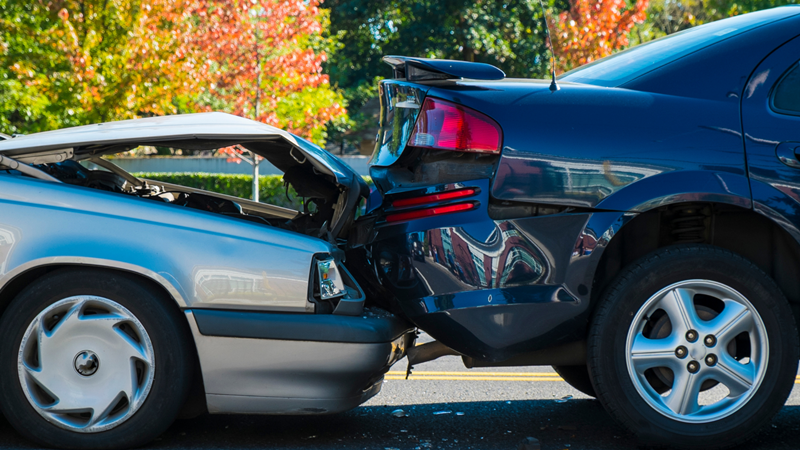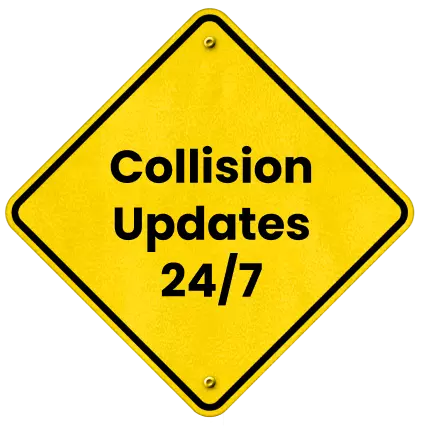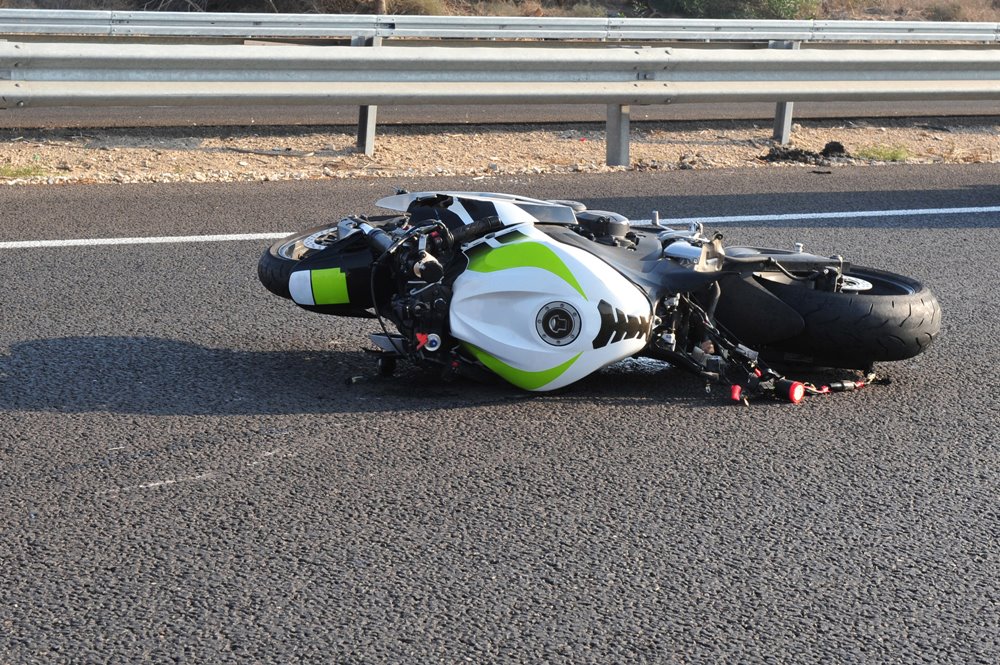
Why Chain-Reaction Crashes Are So Common on I-5 and What Victims Should Do


Interstate 5 (I-5) serves as the primary north–south artery along the U.S. West Coast, stretching from San Diego, California, to Blaine, Washington. It connects major metropolitan areas and supports some of the country’s heaviest freight and commuter traffic. Because of this constant high volume, even a single driver’s mistake can set off a devastating sequence of collisions.
Chain-reaction crashes are the ones where one impact triggers another, and they have become an unfortunately common occurrence along the I-5, especially in areas prone to congestion, changing weather, and heavy truck activity. These multi-vehicle pileups often cause severe injuries, significant property damage, and long-term legal challenges for the victims involved.
Chain-reaction accidents on the I-5 typically occur when sudden braking, reduced visibility, or a momentary lapse in attention causes one vehicle to hit another, sparking a series of rear-end collisions. With cars traveling at high speeds and often only a few car lengths apart, the chances of avoiding secondary impacts are slim. The result is a cascading event that can involve dozens of vehicles in a matter of seconds. In some of the most catastrophic incidents, drivers have been caught in thick fog or wildfire smoke, unable to see stopped traffic until it was too late to react.
What Makes Chain-Reaction Crashes So Common on I-5
Several contributing factors explain why I-5 sees more chain-reaction crashes than many other interstates. The first is sheer traffic density. The I-5 corridor carries millions of vehicles each day, including heavy commercial trucks transporting goods between ports, warehouses, and cities. During rush hours, stop-and-go conditions are frequent, and drivers often follow too closely, leaving insufficient time to brake safely when traffic suddenly slows.
Weather conditions also play a major role. The northern stretches of the I-5, particularly through Oregon and Washington, are vulnerable to fog, rain, and icy surfaces that reduce traction and visibility. Even in Southern California, where the weather is generally clearer, coastal fog and wildfire smoke can suddenly blanket sections of the freeway, leaving drivers disoriented and unable to react in time. In addition, uneven speed flow, known as speed differential, creates another major hazard. When some vehicles travel significantly faster or slower than the traffic around them, collisions can occur suddenly and spread quickly through the flow of cars.
Another key factor is distracted driving. Texting, navigation adjustments, and other in-vehicle distractions cause many drivers to lose crucial seconds of reaction time. On a crowded interstate like I-5, those seconds often mean the difference between stopping safely and triggering a pile-up. Similarly, fatigue plays a role, especially among long-haul truck drivers who travel extended distances and may not be fully alert.
The Severity and Impact of I-5 Pile-Ups
When multi-vehicle crashes occur on I-5, the results are often catastrophic. High speeds amplify the force of impact, while the involvement of semi-trucks and large commercial vehicles increases the potential for severe injuries or fatalities. Victims commonly suffer from head trauma, spinal cord injuries, broken bones, and severe burns when fires or fuel leaks occur. The chaos of such crashes also complicates emergency response efforts, as traffic jams can delay ambulances and rescue crews from reaching victims promptly.
Economically, chain-reaction crashes carry an immense cost. Property damage claims can reach into the millions, and victims often face weeks or months of lost income due to injury recovery. The emotional toll can be equally devastating, particularly when fatalities occur or when victims suffer permanent disabilities. According to federal transportation data, multi-vehicle accidents on high-volume interstates account for a significant percentage of all serious injury crashes in the United States, and I-5 consistently ranks among the nation’s most dangerous highways.
Steps Victims Should Take After a Chain-Reaction Crash
After a chain-reaction crash on I-5, the priority must always be personal safety. Drivers and passengers should move to a secure area if possible, activate hazard lights, and call 911 to report the incident. Emergency responders will assess injuries, manage traffic, and file an official police report that becomes vital evidence in later claims.
Once immediate safety concerns are addressed, victims should document as much of the scene as possible. This includes photographing vehicle damage, license plates, debris patterns, and the overall crash layout. Collecting contact information from other drivers, witnesses, and law enforcement officers is also essential. Even if injuries seem minor, a medical evaluation should follow promptly. Certain conditions, such as concussions, internal bleeding, or soft-tissue injuries, may not present symptoms right away but can have lasting effects if untreated.
Victims should also avoid discussing fault at the scene or providing detailed statements to insurance adjusters without legal advice. Multi-vehicle crashes often involve conflicting accounts and overlapping claims, and early statements can be used later to reduce or deny compensation.
Understanding Liability in Multi-Vehicle Accidents
Determining fault in a chain-reaction crash is complex and often requires extensive investigation. Liability may be shared among several drivers depending on their actions leading up to the crash. For example, a driver who was following too closely might be partially responsible for striking the car ahead, while another motorist who was speeding or distracted could have worsened the impact sequence. In some cases, external contributors, such as poor road maintenance, inadequate signage, or mechanical failures, also factor into the cause.
Accident reconstruction experts are frequently called in to analyze the order of impacts using skid marks, vehicle positions, and dashcam footage. Police reports, witness testimony, and traffic camera recordings also play critical roles in piecing together the timeline. Because liability can be distributed among multiple parties, insurance negotiations in these cases can become highly contested. Without strong legal representation, victims risk being unfairly blamed or undercompensated for their losses.
Legal Guidance for Victims of I-5 Chain-Reaction Crashes
Multi-car pile-ups on I-5 can lead to long-lasting physical, emotional, and financial hardship. Each state the interstate passes through has its own laws governing comparative fault, meaning compensation may be reduced if a victim is found partially responsible. Understanding these nuances is essential for pursuing a fair settlement. An experienced attorney can analyze evidence, coordinate with crash reconstruction specialists, and handle communications with multiple insurers to protect victims’ interests.
If you or a loved one has been injured in a chain-reaction accident on I-5, do not wait to seek help. The sooner an attorney becomes involved, the better your chances of preserving vital evidence and building a strong case. Schedule a consultation today with an I-5 accident lawyer to understand your legal rights, explore all possible compensation sources, and begin your path toward recovery with expert guidance and support.







